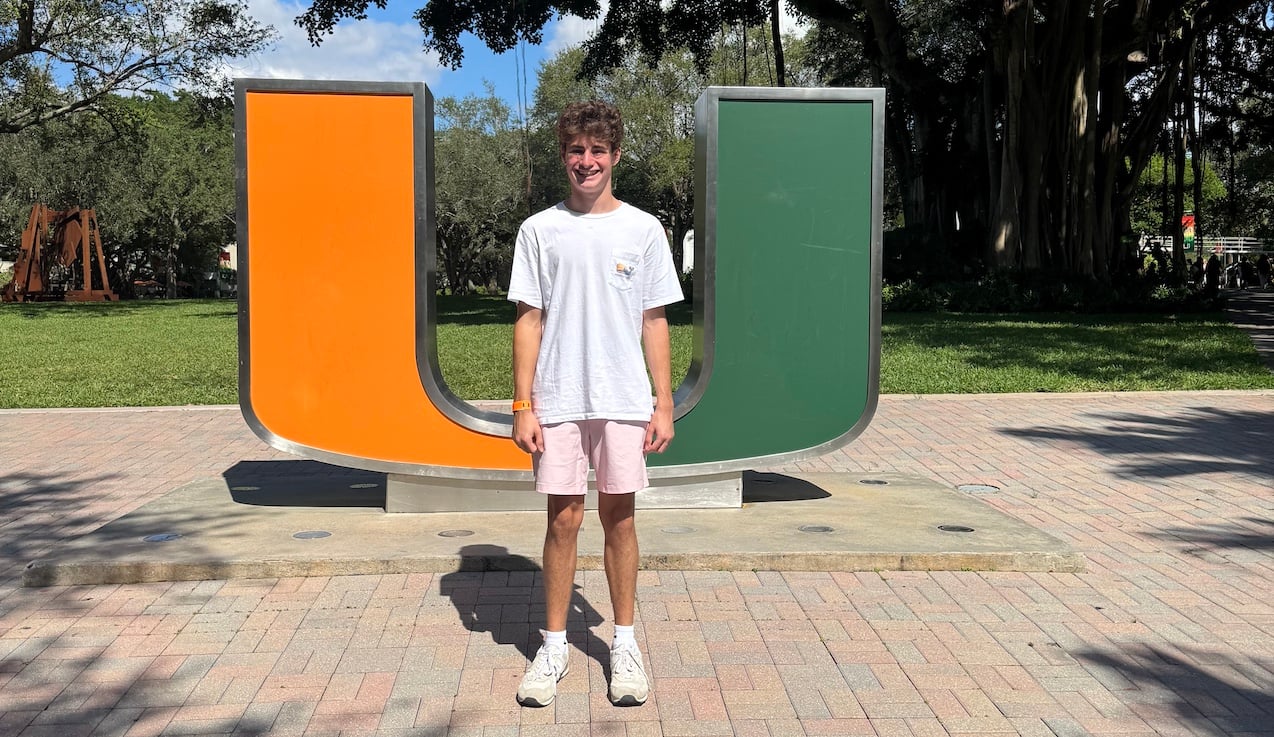A few months ago, the University of Southern California announced that it would be adding an Early Action round for the 2022-2023 admissions cycle.
Many students rejoiced that they would finally be able to apply "early" to this popular institution instead of waiting until their later deadline. I recommend that students apply to some Early Action programs. But don't be fooled by USC or any college with an Early Action program. Their looks are deceiving.
The most common form of Early Action is a non-restrictive one. If you are wondering if a college has a non-restrictive Early Action program instead of a restrictive Early Action program or sometimes called "Single Choice" Early Action program, the secret is that non-restrictive programs simply use the term "Early Action" by itself. Students who apply to non-restrictive Early Action programs are free to apply to other colleges (as long as the other colleges permit it) and enroll wherever they want. Admissions decisions are released sooner than Regular Decision as well. Sounds good, right?
But the colleges that have non-restrictive Early Action programs tend to receive some of the largest application totals in the country. The University of Michigan is one of them. The institution received more than 84,000 applications for the 2021-2022 admissions cycle, and well over 50,000 of them were submitted for Early Action. Some of the most competitive applicants in the country apply through a university's Early Action program, if offered. This translates into not only larger applicant pools, but incredibly selective ones. In fact, there is often no statistical admission advantage in Early Action.
And one more thing...most colleges with Early Action programs do not release admissions decisions until mid to late January. How early is that? Not much when you consider that by the time a college notifies students about the Early Action results, almost every single colleges' Regular Decision deadline has already passed. If a student is deferred to Regular Decision or denied outright in Early Action, it is usually too late to make adjustments to the college list.
That's right, a college can admit, defer, or deny a student in the Early Action round. Students who are admitted can rest a little easier knowing they have a college to call home, if they want. Being deferred means the student's application will be reviewed again in Regular Decision when a final decision is made. And if a student is denied by an Early Action program, they are not permitted to reapply until the following year.
So why does a college have a non-restrictive Early Action program? The main reason is that the college will experience a huge surge in application totals. Is that really what matters to colleges? Yes, most colleges want to get as many applications as they can.
That said, colleges with Early Action programs face tremendous pressure to get through tens of thousands of applications in a short amount of time. The rumor for years at the University of Michigan was that they could not get through the Early Action pool in the specified time, which was why many believed the university "postponed" (another term for deferred) exceedingly large numbers of high-achieving applicants who got admitted later in the cycle.
No matter what, I hope USC is staffing up right now. It's going to need as many admissions officers (or seasonal application readers—yes, most colleges use them!) as it can to get through the applicant pool. I anticipate a huge increase in applications at USC this coming year, especially due to the new Early Action program it is unveiling.
READ MORE: The Most Important Thing to Know Before You Apply to College
So be thoughtful about your college list. Yes, applying to non-restrictive Early Action programs allows a student to get some early applications out of the way in the hopes of getting some early-ish results back. But these Early Action programs are the reason why so many colleges have experienced record application totals and record-low acceptance rates.












